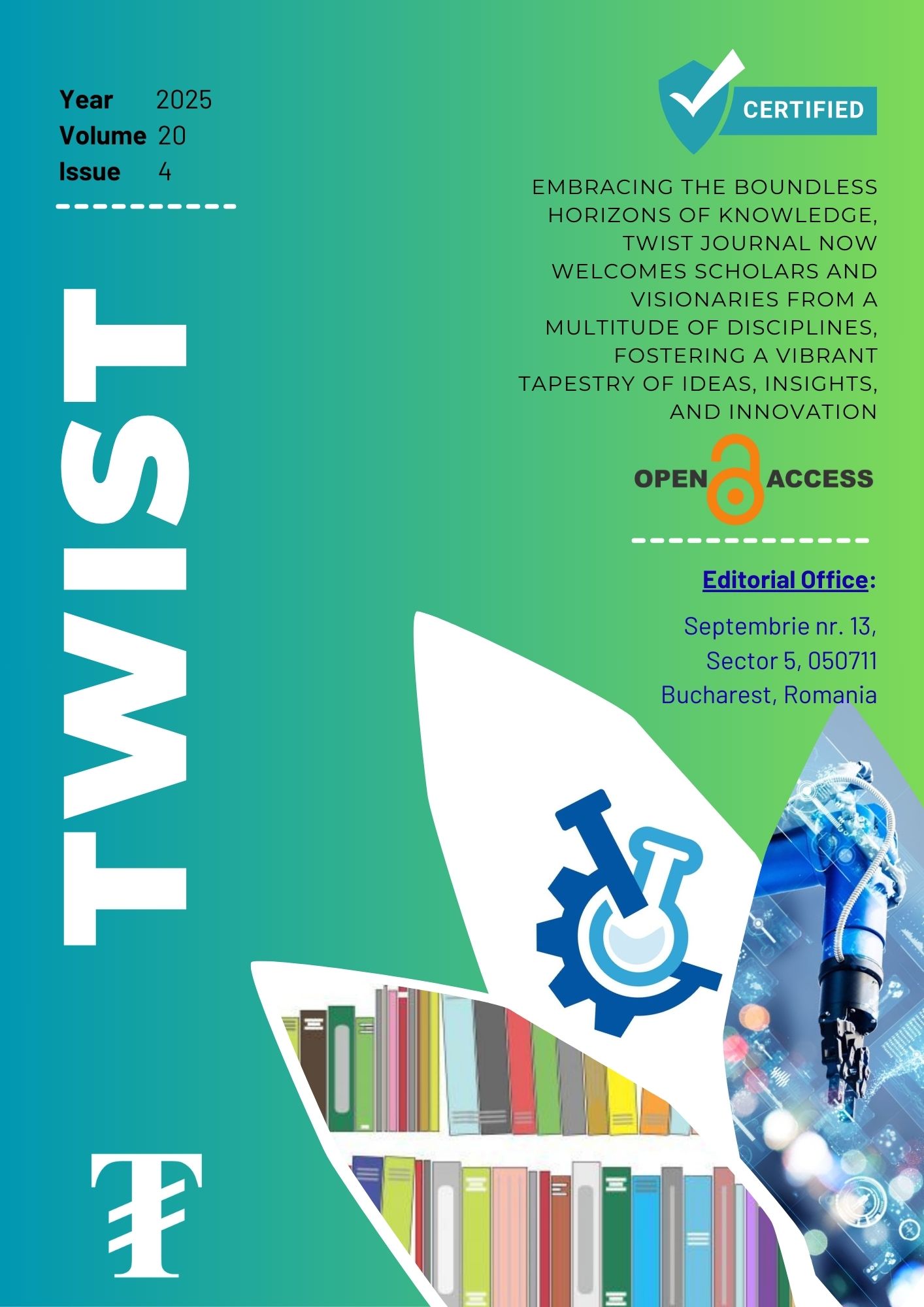Leveraging Genetic Algorithms for Success Measurement: A Data-Centric Performance Management Strategy
Keywords:
Employee Performance Optimization, Genetic Algorithms, Data-Driven Performance Management, Object-Oriented Programming, Workload Balance, Job SatisfactionAbstract
This study focuses on optimizing employee performance, job satisfaction, and workload balance by leveraging genetic algorithms and object-oriented programming principles. The primary objective is to develop a model that can simultaneously address these three critical factors, offering organizations a data-driven approach to performance management.
The research applies genetic algorithms to simulate evolutionary processes such as population creation, selection, crossover, and mutation, aiming to identify the optimal balance between performance metrics. Object-oriented programming is used to create foundational classes like employee, department, and company, ensuring a modular and adaptable system architecture.
The methodology includes a comprehensive literature review, model development, simulation under various scenarios, and comparative analysis with traditional performance management methods. Simulations are conducted using different organizational structures and employee profiles to evaluate the model's effectiveness.
Results demonstrate that integrating genetic algorithms provides a flexible and adaptive solution for balancing performance, satisfaction, and workload. This approach reduces subjectivity, promotes data-driven decision-making, and supports a meritocratic workplace culture. The model is adaptable to diverse organizational needs and structures, making it a valuable tool for modern human resources management.
The study highlights the importance of incorporating data analytics and innovative technologies in performance management processes. While the model shows promise, limitations include the need for real-world testing and consideration of ethical and privacy concerns related to employee data. Future research should explore its applicability across industries and expand the range of performance indicators for a more comprehensive evaluation.
Downloads
Downloads
Published
Issue
Section
License
Copyright (c) 2025 TWIST

This work is licensed under a Creative Commons Attribution-NonCommercial-ShareAlike 4.0 International License.











